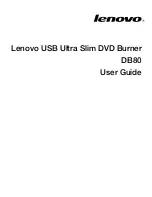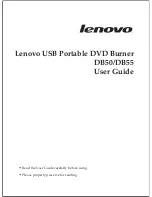
Create an Administrative User Account
Create administrative user accounts for those individuals who will manage your MultiPoint Server
system. To see who has administrative access, in MultiPoint Manager, click the
Users
tab.
Administrative user accounts are displayed in the
Account Type
column as
administrator
.
Administrative users have access to all MultiPoint Manager tasks that change desktop and system
settings, such as:
●
Creating accounts
●
Adding and removing programs
●
Managing desktops and hardware
●
Ending other user sessions
Administrative users can perform tasks that affect all other users of the MultiPoint Server system, such as
install software or change security settings. For this reason administrative users should have unique user
names and passwords that are known only to them.
NOTE:
For more information about developing a strategy for creating and managing user accounts
and using strong passwords for user accounts, see the User Account Considerations topic.
To create an administrative user account
1.
In MultiPoint Manager, click the
Users
tab.
2.
Click
Add Account
. The Add New User wizard opens.
3.
In the
User name
box, type a logon name for the user. Typically, the logon user name is the first
and last name written together with no spaces, or the first initial and last name written together
without a space.
4.
In the
Full Nam
e box, type the name of the user in whatever format you prefer, such as given
name, full name, or a nickname.
5.
In the
Create password
box, type a password for the user. The password should only be
known to you and the user, and you should store this information in a secure location. The
password can only be changed by an administrative user.
6.
In the
Confirm password
box, retype the password, and then click
Next
.
7.
On the Set level of access page, select
Administrator
, and then click
Next
.
8.
MultiPoint Manager will check all of the information and display a message when the account has
been set up. When you see the text,
Successfully added new user
, click
Finish
.
150
Appendix I Managing Users
















































